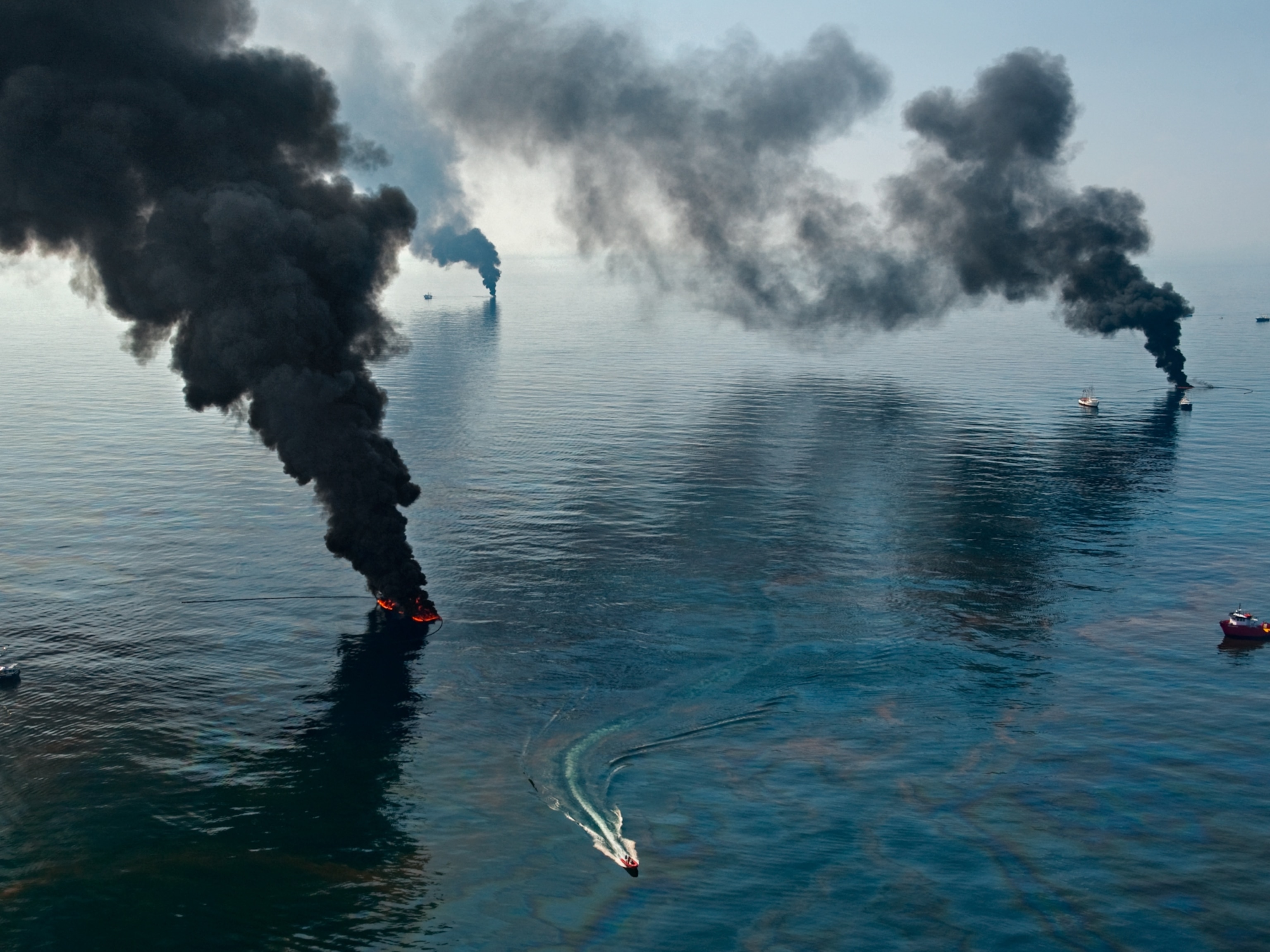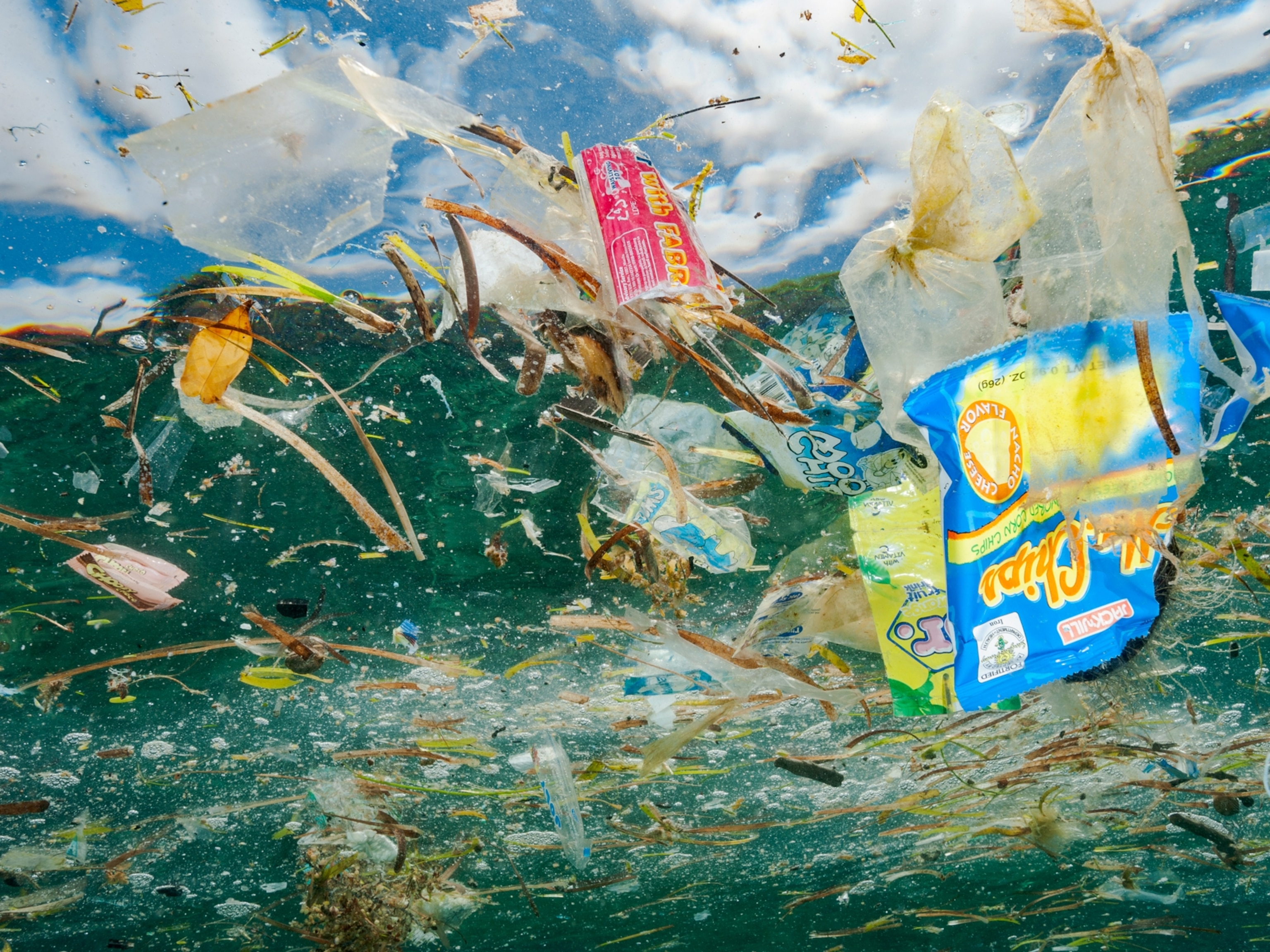Plastic Garbage Patch Bigger Than Mexico Found in Pacific
Yet another floating mass of microscopic plastic has been discovered in the ocean, and it is mind-blowingly vast.
Water, water, everywhere—and most of it is filled with plastic.
A new discovery of a massive amount of plastic floating in the South Pacific is yet another piece of bad news in the fight against ocean plastic pollution. This patch was recently discovered by Captain Charles Moore, founder of the Algalita Research Foundation, a non-profit group dedicated to solving the issue of marine plastic pollution.
Moore, who was the first one to discover the famed North Pacific garbage patch in 1997, estimates this zone of plastic pollution could be upwards of a million square miles in size. (Read: A Whopping 91% of Plastic Isn’t Recycled.)
The team is currently processing the data and weighing the plastic so they can get a handle on exactly how much garbage they’ve discovered in this area off the coast of Chile and Peru.
The term “patch” referring to the plastic pollution in oceanic gyres can be misleading. The pieces of plastic are not necessarily floating bottles, bags, and buoys, but teeny-tiny pieces of plastic resembling confetti, making them almost impossible to clean up.
These microplastic particles may not be visible floating on the surface, but in this case, they were detected after collecting water samples on Moore’s recent six-month expedition to the remote area that had only been explored for plastic once before. (See a map of plastic in the ocean.)
On the first transect of the South Pacific gyre in 2011, Marcus Eriksen, marine plastic expert and research director at the 5 Gyres Institute, did not spot much plastic. In only six years, according to the new data collected by Moore, things have changed drastically.
Henderson Island, located in this South Pacific region, was recently crowned the most plastic-polluted island on Earth, as researchers discovered it is covered in roughly 38 million pieces of trash.
The problem of plastic pollution is becoming ubiquitous in the oceans, with 90 percent of sea birds consuming it and over eight million tons of new plastic trash finding its way into the oceans every year.





